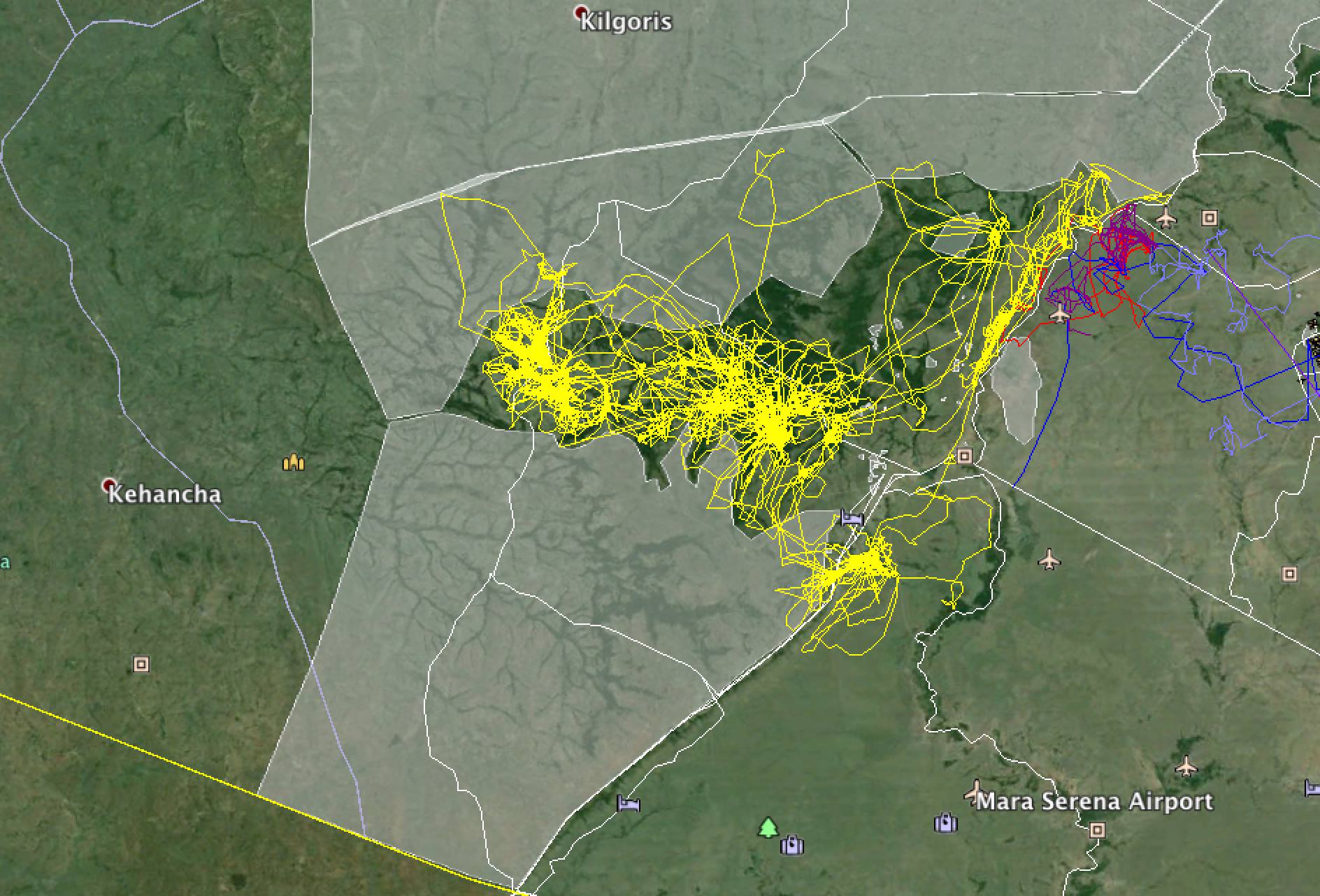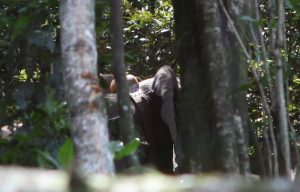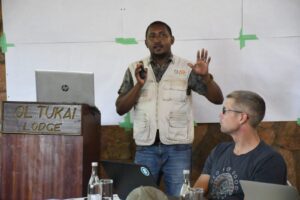
Since April 2015 Mara Elephant Project has had the pleasure of tracking Lucy, an over 20-year-old female African elephant, with support from our partner USAID through their project PREPARED that helps with the collaring and monitoring of Lucy.
Lucy is one of MEP’s most interesting collared elephants to track because she and her herd of 40 plus elephants are living in an area that is changing rapidly, the Nyekweri Forest. This forest is being subdivided for timber and charcoal (Overview of Nyekweri Forest – Lydia Tiller) and by tracking Lucy’s movements we are able to define the eastern extent of Mara elephant rangeland. In addition, the long-term data collected from Lucy’s movements help MEP and our partners inform the Narok County Government in their land use planning.
“Lucy is defining the areas which elephants can use and areas which are now no longer considered elephant habitat.” Lydia N. Tiller, School of Anthropology and Conservation, University of Kent
The near real-time movement data available from Lucy’s collar also enables MEP to be alerted if Lucy has passed through a geofence. MEP creates these geofences or virtual barriers to help define the boundaries of the elephant’s ecosystem and keep them safely in land without farms and poachers. Lucy’s collar is pre-programmed with the geofence’s coordinates so MEP can be the first to know if she’s outside of her territory and heading toward conflict.

Lucy’s collar also alerts MEP of immobility or if she’s moving at a rapid rate of speed for a long period of time (streaking), both indications of poachers or human-elephant conflict. When MEP is alerted we can then deploy a Rapid Response Unit to make sure Lucy and her herd are ushered into safer territories like the national park or conservancy.
 Unfortunately, because of land use planning and other diminishing space concerns, Lucy’s story is not unique. What is unique is the help MEP can give her and her herd based on the collaring data we receive.
Unfortunately, because of land use planning and other diminishing space concerns, Lucy’s story is not unique. What is unique is the help MEP can give her and her herd based on the collaring data we receive.


